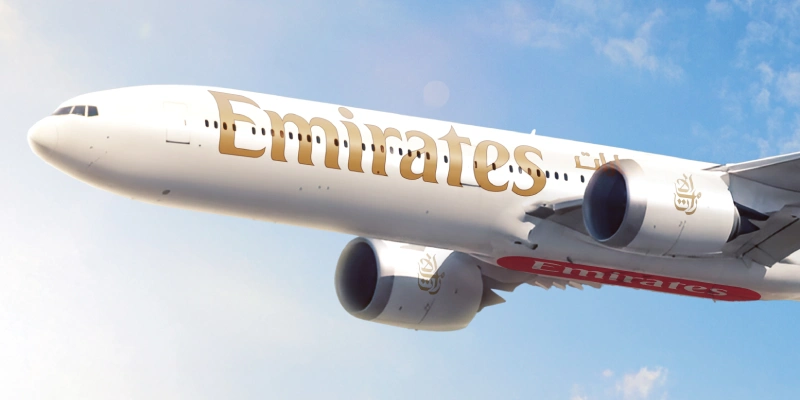NASA unveiled the experimental X-59 aircraft that is capable of breaking the sound barrier without the characteristic sonic boom, which will enable the development of supersonic commercial aircraft that will cut flight time dramatically.
According to Pam Melroy, NASA’s deputy administrator, during the presentation of the aircraft in Palmdale, California, supersonic aircraft based on the X-59 will make it possible, for example, to cut in half the New York-Los Angeles route, which currently takes six hours and 30 minutes.
The X-59 will fly at a speed of 1,488 kilometers per hour, about 1.4 times the speed of sound.
Thus, the X-59, whose development also involved Skunk Works (the advanced programs unit of aircraft manufacturer Lockheed Martin and responsible for historic aircraft such as the U-2 and SR-71 Blackbird spy planes), overcomes the main obstacle that supersonic aviation has faced.
When exceeding the speed of sound, which is around 1,235 kilometers per hour depending on conditions, supersonic aircraft generate a sonic boom that can exceed 200 decibels.
Faster than sound, but not too noisy
The nuisance these sounds create in inhabited areas has led many countries to impose limits on supersonic aviation, effectively restricting its development.
The main feature of the X-59 is its long nose, much longer than that of Concorde, the supersonic commercial aircraft developed jointly by France and the United Kingdom (1976-2003) and capable of flying at twice the speed of sound.
Melroy explained that the nose of the X-59 makes up one-third of the total length of the experimental aircraft, which measures a total of 100 feet or 30.5 meters.
“This design is really key to dispersing the sound waves,” said the NASA deputy administrator, who described the noise caused by X-59 as “a rumble” rather than the usual boom.
No windshield and cabin in center of the aircraft
The compression of the sound waves when the aircraft exceeds the speed of sound is what causes the sonic boom.
According to Melroy, the special design of the X-59’s nose and the placement of the engine on top of the aircraft with a surface under the nozzle allow sound waves to be dispersed and prevent them from being compressed, which prevents sonic boom.
Another feature of the X-59 that facilitates its smaller noise footprint is the placement of the cockpit virtually in the center of the aircraft. In addition, engineers have eliminated the front windshield from the cockpit, further reducing noise impact.
Melroy called the decision to remove part of the aircraft’s cockpit a “major step forward for the advancement of aviation technology.”
The elimination of part of the canopy forced engineers to develop a high-tech vision system with cameras and high-resolution displays that “has the potential to influence future aircraft design where eliminating the front windshield provides advantages,” the NASA representative added.
Following its unveiling this Friday, the X-59 will begin a series of test flights. Subsequently, NASA and Lockheed Martin will expand the program to fly the X-59 over inhabited areas and gather the public’s response to the noise generated.
With information from EFE
Related Topics
Gulf Air Orders Additional Boeing 787 Aircraft
Dubai Airshow: Air Senegal Commits to Purchasing Nine Boeing 737 MAX Jets
Dubai Airshow: Ethiopian Airlines Bolsters Its Fleet with 11 Additional Boeing 737 MAX
Dubai Airshow: Emirates Orders Another 65 Boeing 777X Jets

Plataforma Informativa de Aviación Comercial con 13 años de trayectoria.




